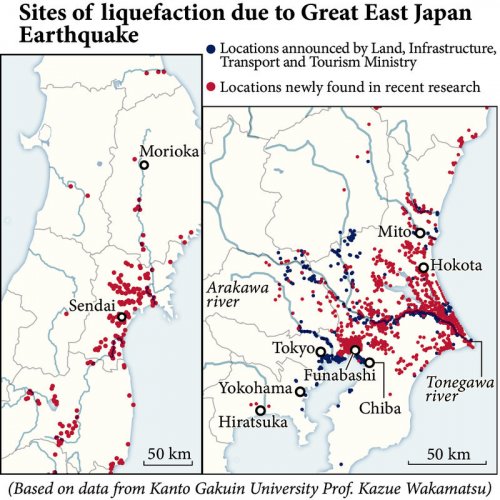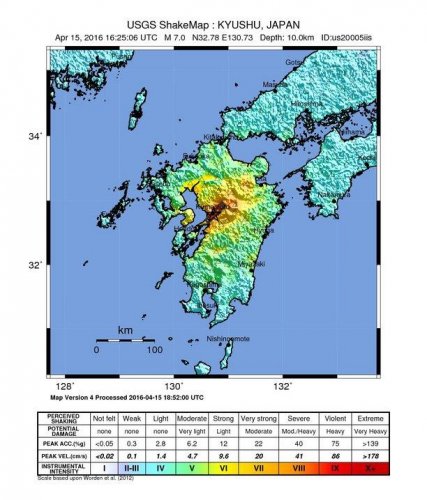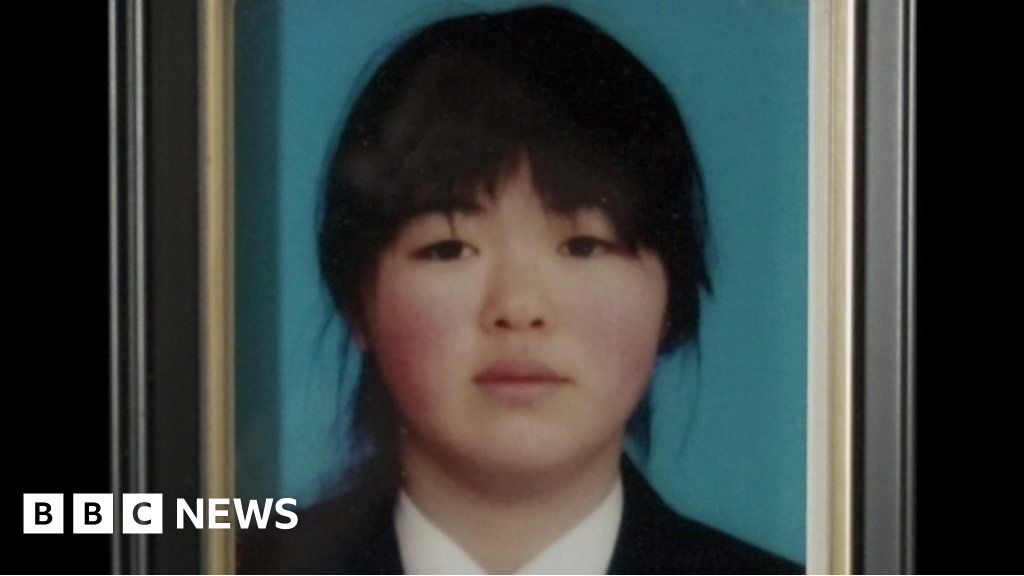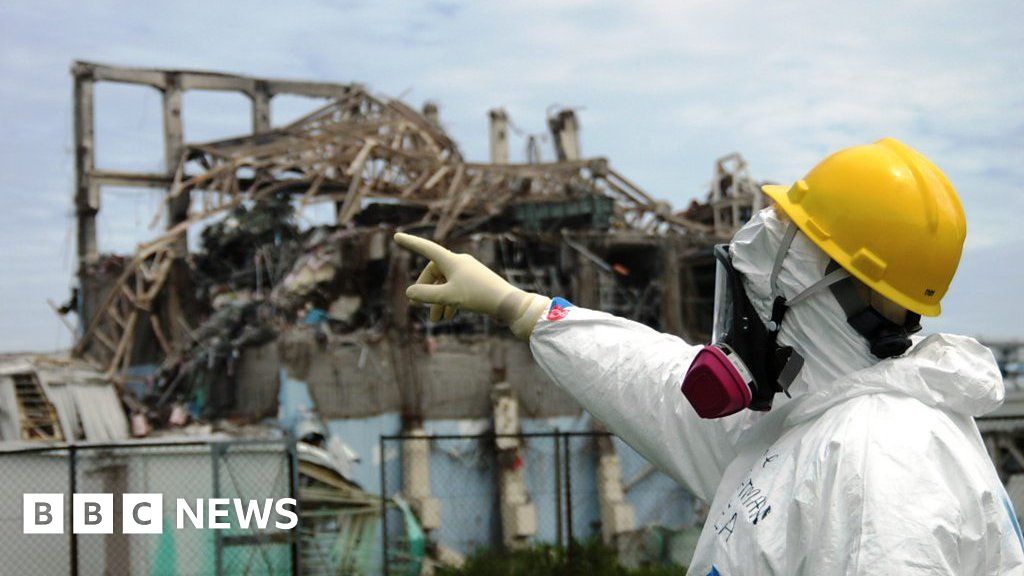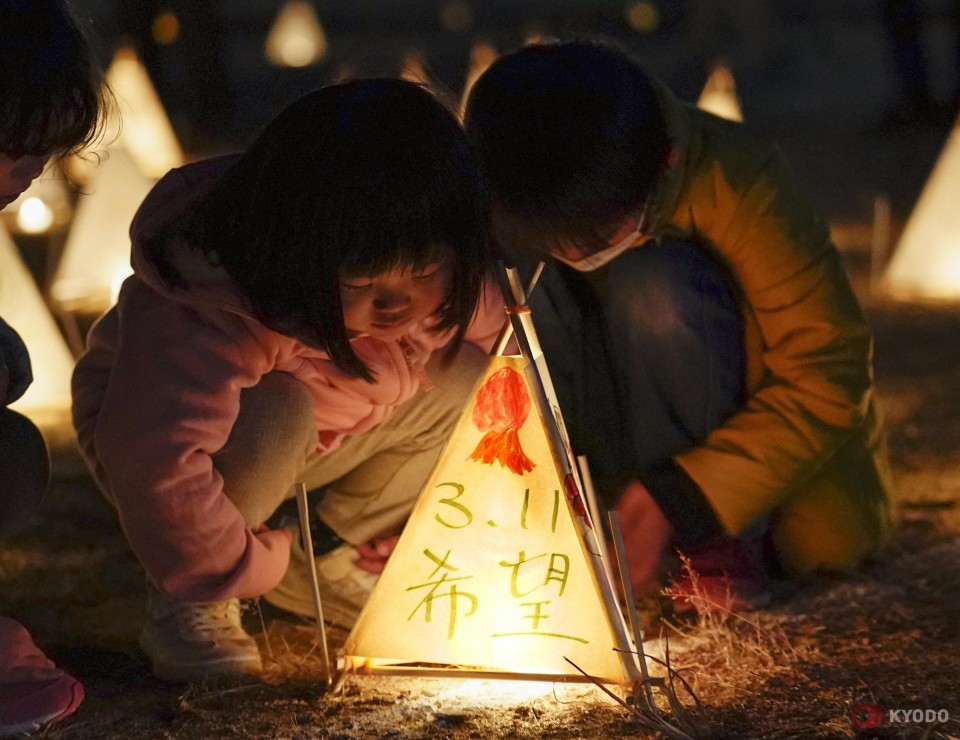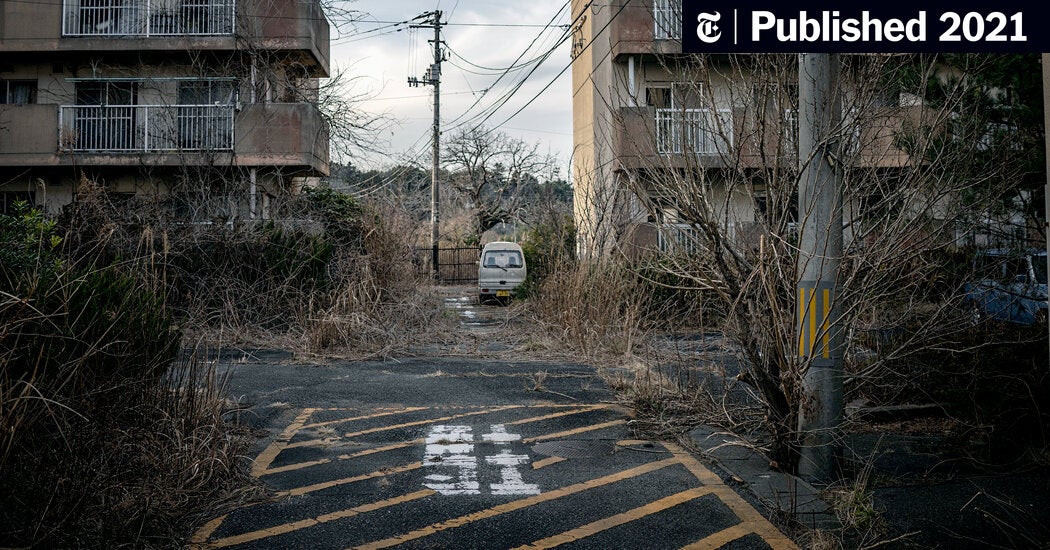- Joined
- 9 October 2009
- Messages
- 21,979
- Reaction score
- 13,647
http://the-japan-news.com/news/article/0000405955
July 28, 2013
The Yomiuri Shimbun
An izakaya pub set up in Tokyo to support areas devastated by the 2011 Great East Japan Earthquake will be closed at the end of July because of poor sales.
Fukko Shien Sakaba was opened in the Shimbashi district in January 2012 by Akita-based bar and restaurant chain Dreamlink Co. to serve the food and sake of Iwate, Miyagi and Fukushima prefectures. The company donates all the profits from sales at the bar to disaster-hit areas.
Originally, the owners planned to maintain the izakaya for only one year, but the operation period was extended until the end of December 2013 after Fukko Shien Sakaba became popular, especially among people who volunteered in disaster-stricken areas. Last November, the firm donated 15 million yen to the three prefectures.
However, the izakaya has suffered from a decline in business in recent months and has been forced to close down, according to sources.
Hiroko Kinoshita, a 45-year-old housewife from Shizuoka, said she was sorry to hear the news, as she always looked forward to visiting the izakaya and eating its many dishes from the Tohoku region whenever she came to Tokyo.
“I thought dining and drinking there would help the disaster-hit areas,” said Kinoshita, who has a friend whose company was damaged by tsunami in the disaster.
Fukko Shien Sakaba will revert to an izakaya serving the local food of Akita Prefecture, and will still be run by Dreamlink. The company also operates Hanbei izakaya and other drinking places around the nation.
Masahide Tateoka, 30, a Dreamlink employee who was involved in the opening of Fukko Shien Sakaba, said the company wants to continue supporting disaster-stricken areas by offering menu items from the affected regions.


